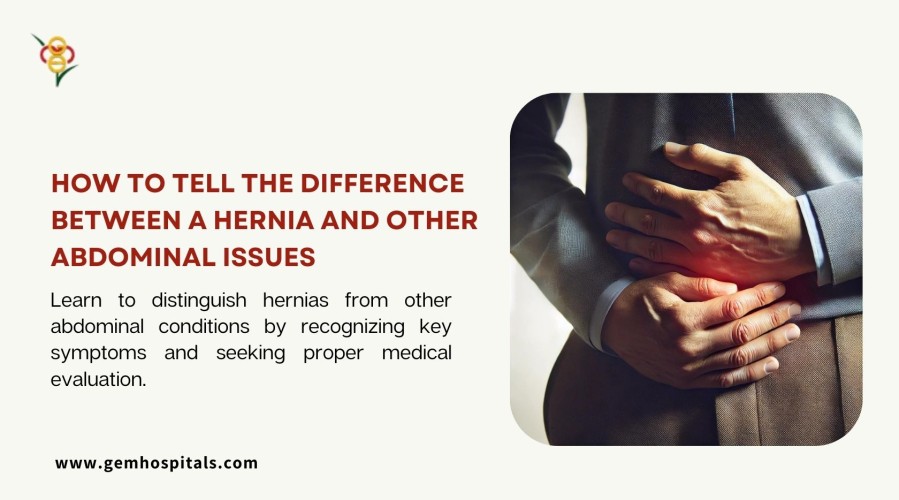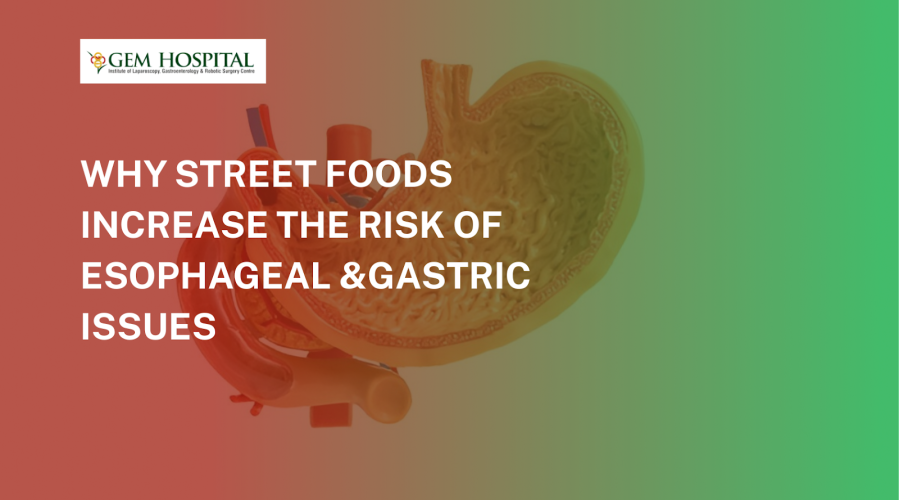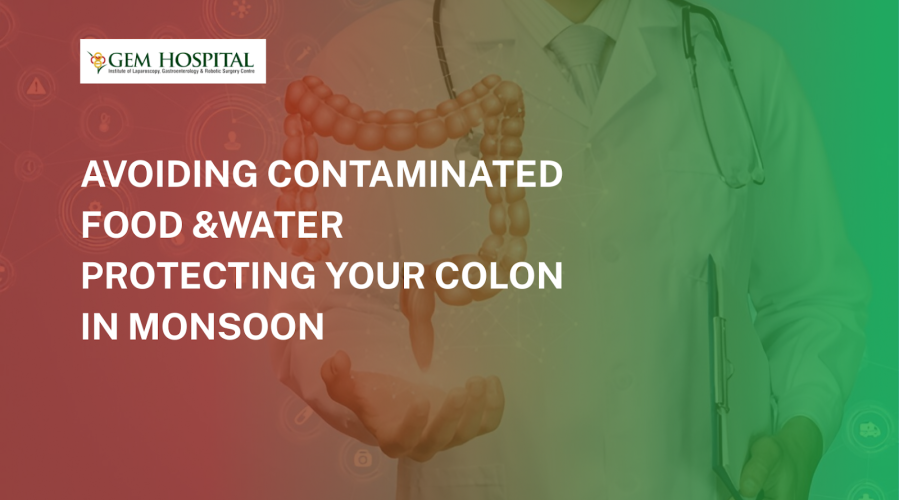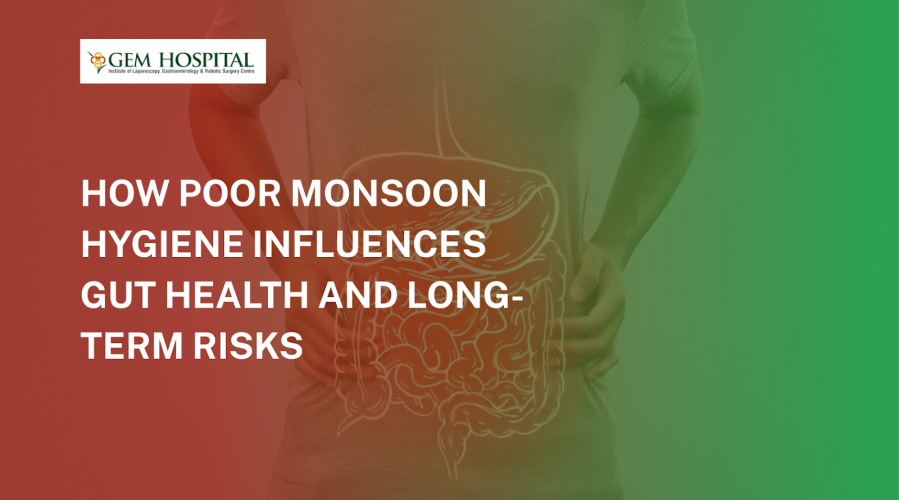Learn why street foods can increase the risk of esophageal and gastric issues. Understand contamination, hygiene lapses, and safety tips to protect your digestive health.
How to Tell the Difference Between a Hernia and Other Abdominal Issues

When you are experiencing abdominal pain there are various reasons behind it and its identification is not going to be that easy. Among them, one of the possible culprits is hernias which is a result of organ or tissue protruding through the weaker spot. However, hernias can often be mistaken for other abdominal issues such as muscle strains, digestive disorders, or even kidney stones. In that case, recognizing the symptoms of a hernia could help you in differentiating other conditions that are related to the abdomen. The proper diagnosis will help in getting appropriate treatment. In this blog, you can get to know the signs of a hernia, how it differs from other abdominal issues, and when to seek medical attention.
What is a hernia?
Development of a hernia occurs in the organ or tissue that pushes through a weaker spot in the surrounding muscle or connective tissue. Hernias can occur in various parts of the body, but they are most common in the abdomen. There are some types of hernias they are,
- Inguinal hernia occurs in the groin area which is more common in men. It happens when part of the intestine protrudes through a weak spot in the lower abdominal wall.
- Umbilical hernias are common in infants, this type occurs near the belly button when part of the intestine pushes through the abdominal wall.
- A hiatal hernia occurs here when a part of the stomach pushes up through the diaphragm into the chest cavity, often causing symptoms like heartburn.
- An incisional hernia usually occurs at the site of a previous surgical incision, where the abdominal wall may have weakened.
Symptoms of a Hernia
Some of the specific symptoms of the hernia include,
- One of the most telling signs of a hernia is a visible or palpable bulge in the affected area, especially when standing or straining. This bulge may disappear when lying down.
- Hernias often cause pain or discomfort, particularly when bending over, lifting heavy objects, coughing, or straining during bowel movements. The pain may be sharp or dull, depending on the severity of the hernia.
- Some people with a hernia report a sensation of heaviness or pressure in the abdomen or groin.
- A hernia can cause a burning or aching sensation at the site of the bulge, which may become more pronounced with physical activity.
- In severe cases, where the hernia becomes incarcerated (trapped) or strangulated (cut off from blood supply), symptoms like nausea, vomiting, and severe pain may occur. This is a medical emergency and requires immediate attention.
Differentiating a hernia from other abdominal issues
Abdominal pain is one of the common symptoms of abdomen-related conditions, in that case, you should get to know how to organize the differences,
Digestive disorders
Conditions like irritable bowel syndrome, acid reflux, and gastritis can cause abdominal pain, bloating, gas, and changes in bowel habits. These symptoms are often triggered by food intake or stress.
Digestive disorders typically do not cause a visible bulge or pain associated with physical strain. The pain from these conditions is usually related to digestion and may be accompanied by symptoms like heartburn, diarrhea, or constipation.
Appendicitis
Appendicitis is an inflammation of the appendix and usually causes sudden, sharp pain in the lower right abdomen. The pain often starts near the belly button and then moves to the lower right side. It may be accompanied by nausea, vomiting, fever, and loss of appetite.
Unlike a hernia, appendicitis does not cause a bulge in the abdomen. The pain is also more localized and typically becomes severe over time, requiring prompt medical attention.
Kidney stones
Kidney stones cause intense pain in the back or side, often radiating to the lower abdomen and groin. The pain may come in waves and be accompanied by nausea, vomiting, blood in the urine, and frequent urination.
Kidney stones do not cause a visible bulge or the specific pain associated with a hernia. The pain from kidney stones is typically more severe and radiates from the back to the abdomen.
These could be signs of a complicated hernia, such as incarceration or strangulation, which requires emergency treatment.
Distinguishing the hernia from other conditions related to the abdomen is essential when you are not clear about it visit the healthcare practitioner they could help you in identifying and treating them.
If you're experiencing symptoms of a hernia don’t wait. Contact GEM Hospital today to schedule an appointment.
Blogs & Article
Learn how to protect your colon during the monsoon by avoiding contaminated food and water. Get essential hygiene, diet, and safety tips to prevent infections.
Discover how poor monsoon hygiene increases gut infections, weakens digestion, and leads to long-term health risks. Learn prevention tips for a healthier monsoon.


